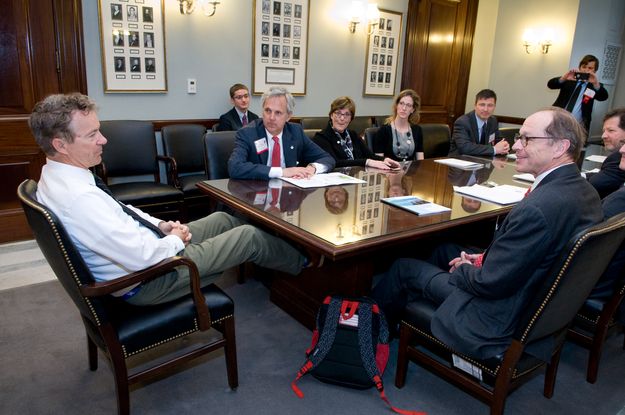Telehealth: Clearing the Way for Innovative Eye Care Through Technology
Issue
In every community, technology is changing the way our patients receive essential eye care in order to live a fuller life through sight. Technological advances enable patients to receive a growing number of medical services without the provider having to be in the same room. From remote screenings for diabetic retinopathy to online vision exams, these innovations provide new ways for patients to access eye care – especially those who live in remote areas or may not otherwise be able to see a provider.
In many of these rural areas, access issues are resulting in significant, undiagnosed eye disease, along with poor outcomes.
These advances emerge quickly, disrupting the marketplace and forcing some to reconsider how they fit, business-wise, into the new world technology is helping to shape. For example, when it comes to teleophthalmology, optometry has strong interest in maintaining its position as an in-person provider of refraction services. But patients, who might potentially benefit from these new options, also need a voice to speak on their behalf.
Academy Action
The Academy supports patients’ access to quality medical eye care; to take this position, we must, as a profession, be pro-technology, when the evidence supports this position. Technology has the potential to ensure that our services can reach every community, no matter how remote.
The state of telehealth within our profession is among the reasons that the Academy issued an information statement on how technology is shaping our patients’ care. It represents an important baseline of how ophthalmology and our patients are currently benefiting from emerging technologies in this area.

The Academy's Kentucky delegation of advocates meet with Sen. Rand Paul, R-Ky., left, Congress' only ophthalmologist, to update him on our issues, including the fight to protect telehealth options
The Academy remains committed to:
- Review: Physicians should determine the appropriateness of a given technology for their patients; state legislatures should not make these decisions.
- Payment: Health insurers should cover and provide fair payment for telemedicine services provided by ophthalmologists.
- Regulation: Federation of State Medical Boards oversight of multi-state physician licensure.
The Academy’s clinical statement, Innovative Technologies in Diagnosing Eye Diseases and Conditions, documents our position, in which we support policies aimed at validating these technologies’ value and fostering appropriate implementation. It is a method to expand the physician-patient relationship beyond the exam room.
We’re among the most ardent supporters of a successful U.S. Department of Veterans Affairs teleophthalmology program that is helping rural veterans access quality eye care. Technology-based Eye Care Services, or TECS, is a program that improves rural veterans’ access to eye screening services for the most common causes of visual impairment. Roughly 8 percent of veterans screened through the program are found to have significant, previously undiagnosed eye disease.
We’re providing the TECS program with the political cover its leaders need to continue its expansion across the VA health system.
An Academy-sponsored resolution helped secure the American Medical Association House of Delegates’ support of the TECS program. The AMA policy encourages the VA to continue its exploration of telemedicine approaches that increase access to quality health care for veterans.
We’re also active in every state where restrictions on technology are debated. The Academy is partnering with state societies to carefully retain our plenary rights, in which physicians evaluate new entrants to the market to determine which technology solutions are appropriate for our patients.
In Kentucky, for example, we fought legislation that would have placed new restrictions on ophthalmologists’ use of emerging telemedicine technology, including web-based refraction applications. The optometry-driven proposal would have dictated to the medical community what modes of telemedicine technology physicians may and may not use, without cause.
We convinced lawmakers to reject this proposal, in part by amplifying our patients’ voices and highlighting how access to health care benefits every community.
Meanwhile, in Minnesota, Missouri and Rhode Island, the Academy is partnering with state ophthalmology societies to prevent similar legislation from taking root.
The Academy is also evaluating a new Medicare proposal that would open the door to reimbursement for telehealth services. The concept is contained in the proposed 2019 physician fee schedule. It would potentially set the stage for payments to physicians for remote patient evaluations for ophthalmological evaluations between patient visits.
Impact
The Academy is clearly positioning our profession as a pioneer and champion of telehealth services in eye care. We’ve protected physicians’ right to evaluate new options. And we’ve stood for programs and initiatives that allow quality eye care to reach every patient, no matter where they live.
With our information statement on telehealth in ophthalmology, we’re well-positioned to continue to shape how our profession uses and supports these new, emerging options. In eye care, this is a critical role that only an ophthalmologist can fill.